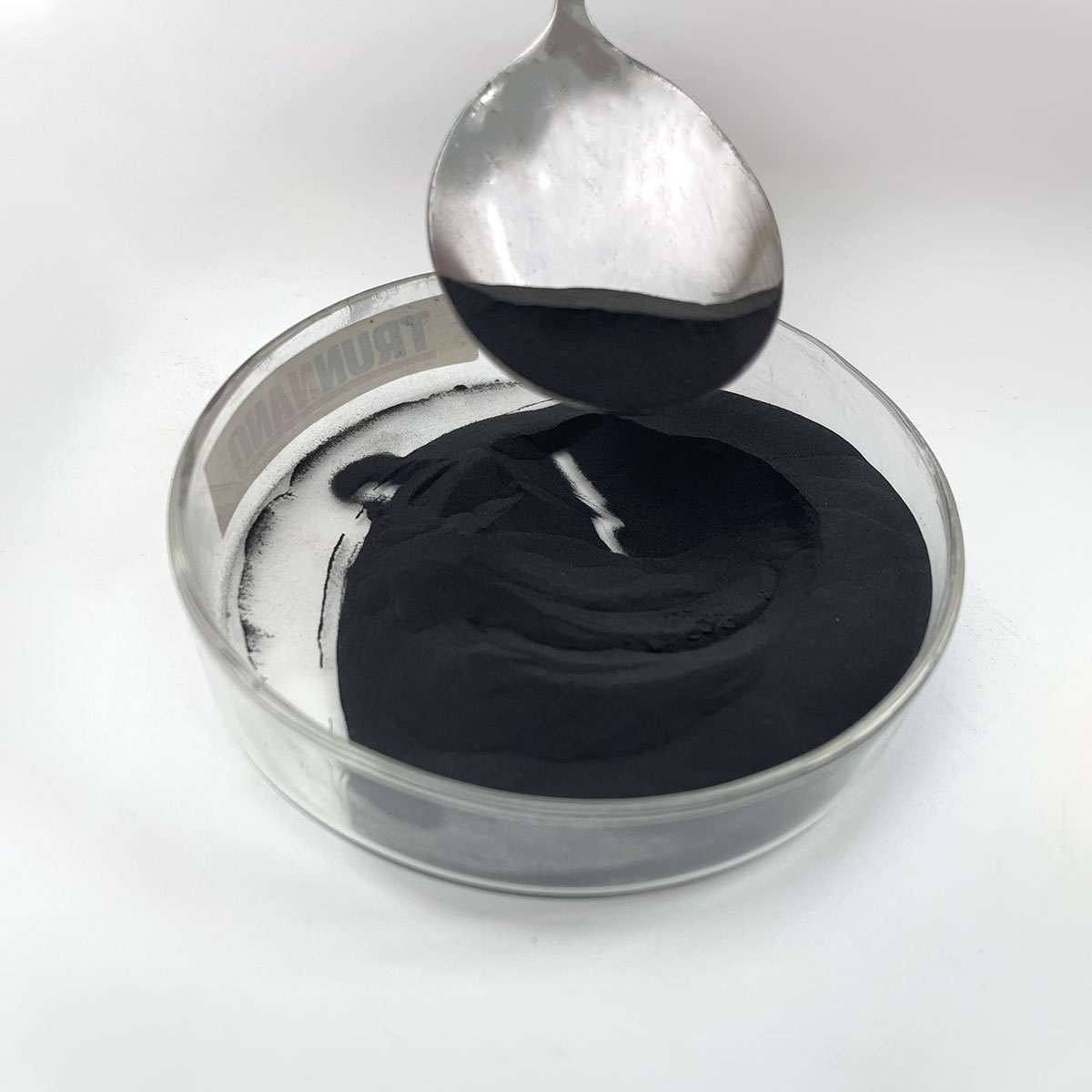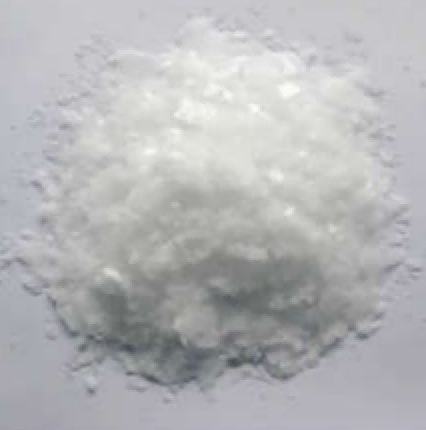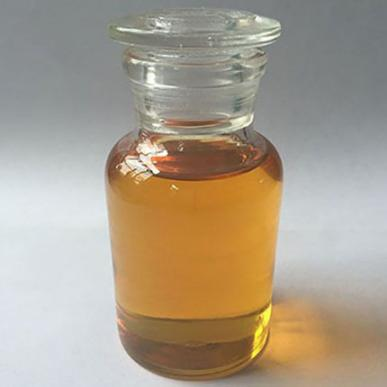1. Introduction
In the past 48 hours, the European Chemicals Agency (ECHA) has reopened public consultation on the classification of sodium lauryl sulfate (SLS) under its harmonized hazard labeling system, reigniting consumer concerns about its use in everyday products. With over 60% of shampoos, toothpastes, and body washes still containing SLS or its close relative sodium laureth sulfate, understanding what this ingredient really is—and whether safer options exist—has never been more relevant.

2. What Is Sodium Lauryl Sulfate?
Sodium lauryl sulfate (SLS), also known as sodium dodecyl sulfate or natrium lauryl sulfate, is a synthetic anionic surfactant. The term ‘surfactant’—short for ‘surface-active agent’—refers to compounds that reduce surface tension between liquids or between a liquid and a solid. This property allows SLS to lift oil, grease, and dirt from surfaces, making it highly effective in cleaning formulations.
Chemically, SLS is derived from lauryl alcohol (often sourced from coconut or palm kernel oil) and sulfuric acid, followed by neutralization with sodium hydroxide. Its molecular formula is C12H25SO4Na, and it’s sometimes labeled as ‘na lauryl sulfate’ or simply ‘sls sodium lauryl sulfate’ on ingredient lists.
3. How SLS Works as a Surfactant
The meaning of surfactant lies in its dual-nature molecular structure: one end is hydrophilic (water-loving), and the other is hydrophobic (oil-loving). When SLS is added to water, it forms micelles that trap oils and suspend them in water, enabling easy rinsing. This mechanism is why SLS creates the rich lather people associate with ‘cleanliness’—even though lather doesn’t necessarily correlate with cleaning power.
As an anionic surfactant, SLS carries a negative charge in solution. This contrasts with cationic surfactants (positively charged, like cetyl trimethyl ammonium bromide or CTAB), non-ionic surfactants (no charge, such as polysorbate 80 or pluronic 127), and amphoteric surfactants (charge varies with pH, like cocamidopropyl betaine).

4. Common Uses of SLS
SLS is a workhorse in both consumer and industrial applications:
- Personal care: shampoos, toothpastes, facial cleansers, and body washes
- Household cleaners: dish soaps, laundry detergents, and all-purpose sprays
- Industrial: emulsifier in paints, wetting agent in herbicides (e.g., as a surfactant for weed killer or lawn wetting agent)
- Laboratory: used in SDS-PAGE for protein denaturation (where it’s called sodium dodecyl sulfate)
Interestingly, SLS is also used alongside other surfactants like ammonium lauryl sulfate or sodium lauroyl sarcosinate to balance cleansing and mildness. In agriculture, it may be combined with methylated seed oil or lignin sulfonate to enhance herbicide penetration.
5. Safety and Controversy
Despite its effectiveness, SLS has faced criticism for potential skin and eye irritation, especially at high concentrations or with prolonged exposure. It’s not considered carcinogenic by major health agencies, but its harshness has driven demand for milder alternatives.

Notably, SLS is often confused with sodium laureth sulfate (also called sodium lauryl ether sulfate or sodium lauryl ether sulphate). While both are anionic surfactants, SLES is ethoxylated—meaning it’s processed with ethylene oxide—which makes it less irritating but raises separate concerns about 1,4-dioxane contamination.
6. Gentler Surfactant Alternatives
As consumers seek ‘sulfate-free’ products, formulators are turning to bio surfactants and mild synthetic options:
- Alkyl polyglucosides (e.g., decyl glucoside, coco glucoside): derived from sugar and coconut oil, non-ionic and biodegradable
- Cocamidopropyl betaine (also labeled as coco betaine or amidopropyl betaine): amphoteric, foam-boosting, and low-irritation
- Sodium cocoyl isethionate and sodium lauroyl methyl isethionate: ultra-mild anionic surfactants used in ‘syndet’ bars
- Sodium coco sulfate: a less refined but still sulfate-based option often marketed as natural
- Sodium cocoyl glutamate and lauroyl sarcosinate: amino acid-derived surfactants prized for skin compatibility
These alternatives are increasingly used by brands aiming to avoid sls sulfate or laureth sulphate while maintaining performance.
7. SLS in the Broader Surfactant Landscape
SLS is just one of many surfactants used globally. Others include:
- Nonionic surfactants: ethoxylated alcohols, span80, poloxamer 188
- Cationic surfactants: cetyltrimethylammonium bromide (CTAB), used in conditioners and antiseptics
- Anionic surfactants: sodium dodecylbenzene sulfonate (in laundry detergents), sodium oleate, sodium deoxycholate
- Specialty surfactants: fluoro surfactants for water resistance, copper 1 bromide in niche applications
Companies like Rohit Surfactants Private Limited supply industrial-grade SLS and alternatives for everything from cosmetics to agrochemicals, including surfactant for herbicides and wetting agent for grass formulations.
8. Buying and Identifying SLS
For formulators or DIY enthusiasts, ‘sodium lauryl sulfate for sale’ is widely available from chemical suppliers. However, buyers should verify purity and intended use—industrial-grade SLS may contain impurities unsuitable for skincare. On labels, watch for synonyms like lauryl sulfate, sls sodium, or even misspellings like ‘sulphate laureth sulfate’ (which usually refers to SLES, not SLS).
9. Conclusion
Sodium lauryl sulfate remains a powerful, cost-effective surfactant with broad utility—but its potential for irritation has accelerated the shift toward milder, bio-based alternatives. Whether you’re choosing a shampoo, formulating a cleaner, or selecting a surfactant for weed killer, understanding the differences between anionic, cationic, non-ionic, and amphoteric surfactants empowers smarter decisions. As regulations evolve and green chemistry advances, the future of surfactants is leaning gentler, cleaner, and more sustainable.
Our Website founded on October 17, 2012, is a high-tech enterprise committed to the research and development, production, processing, sales and technical services of ceramic relative materials such as Sodium. Our products includes but not limited to Boron Carbide Ceramic Products, Boron Nitride Ceramic Products, Silicon Carbide Ceramic Products, Silicon Nitride Ceramic Products, Zirconium Dioxide Ceramic Products, etc. If you are interested, please feel free to contact us.


